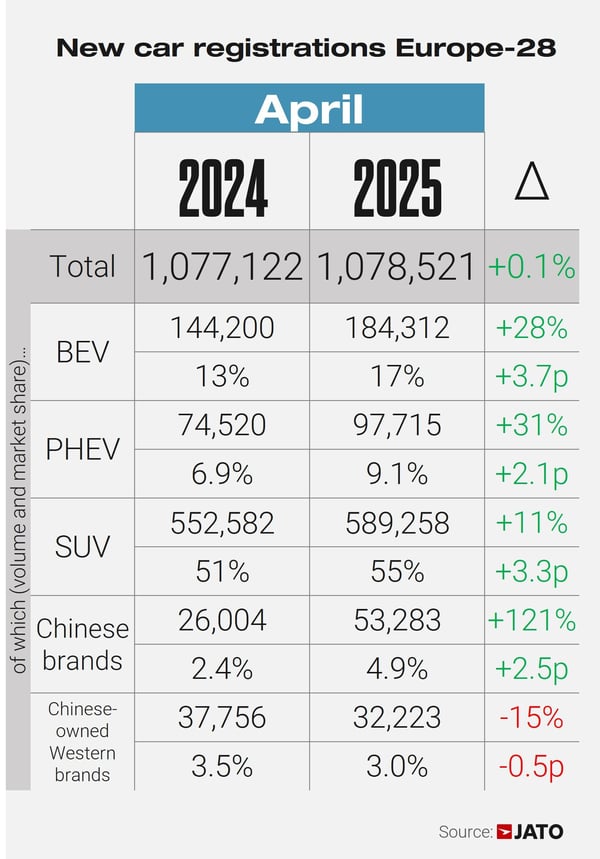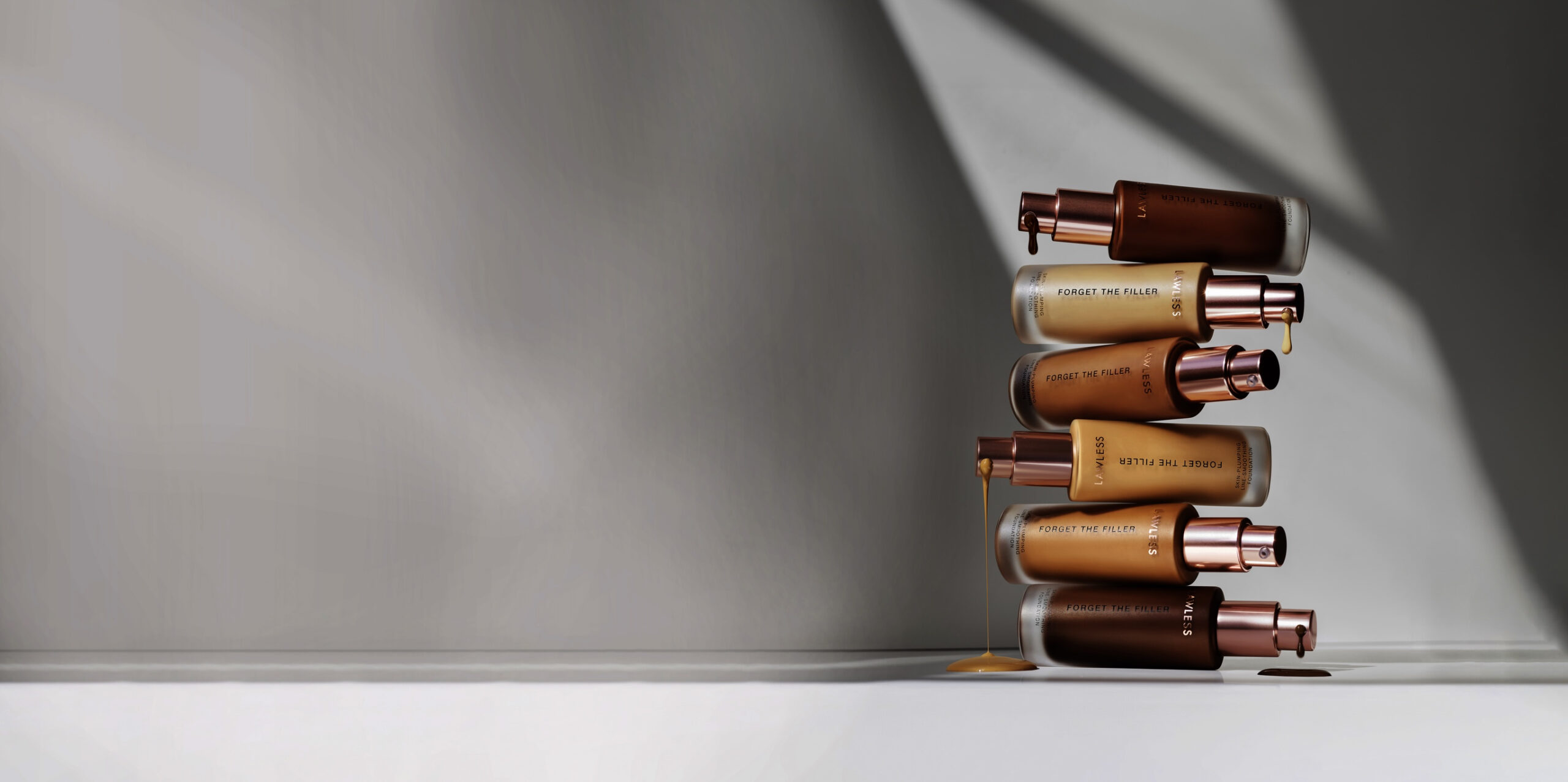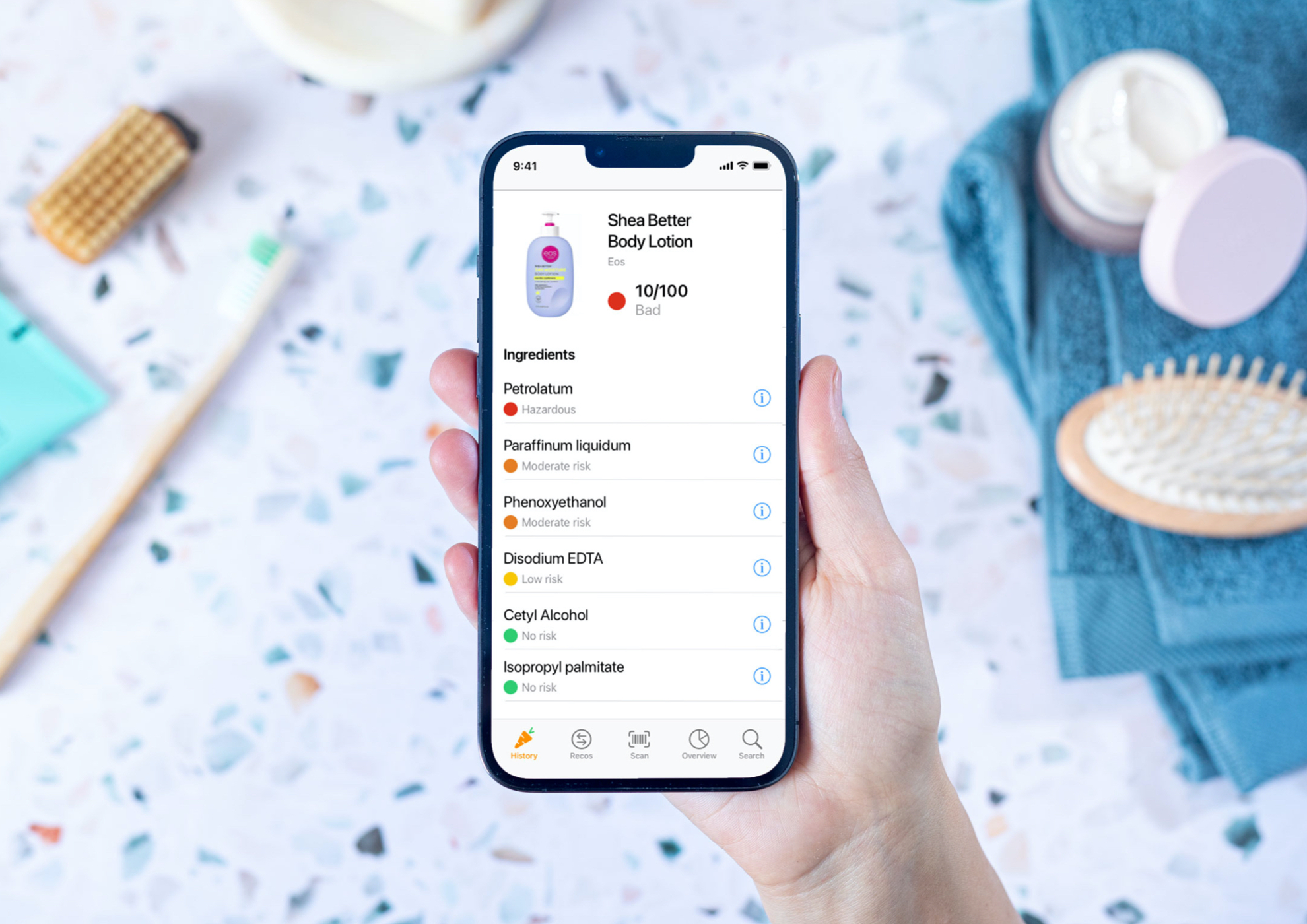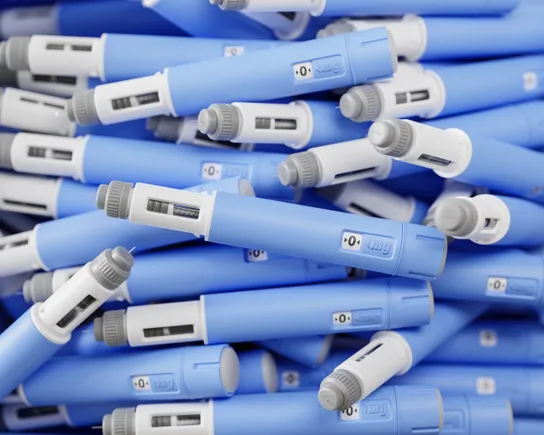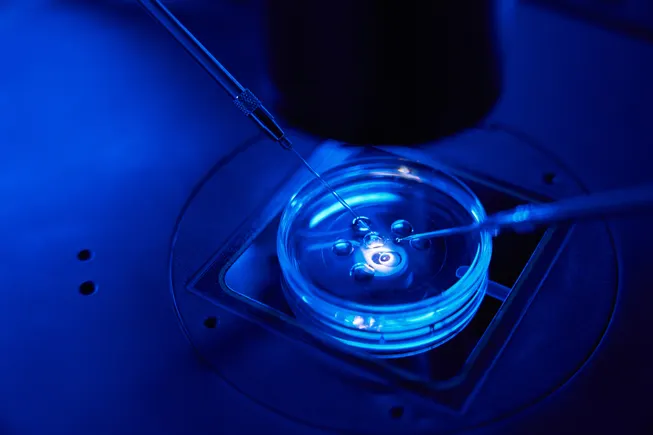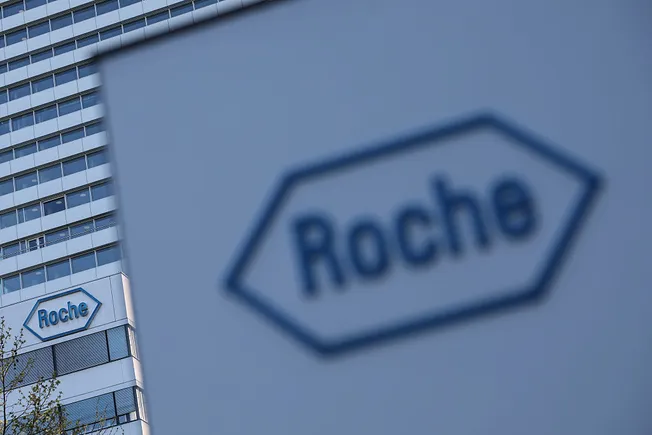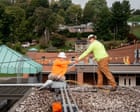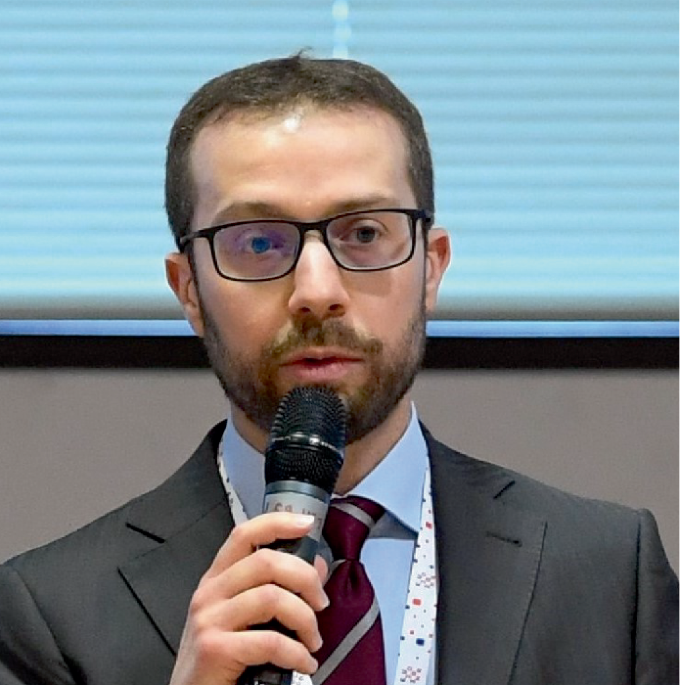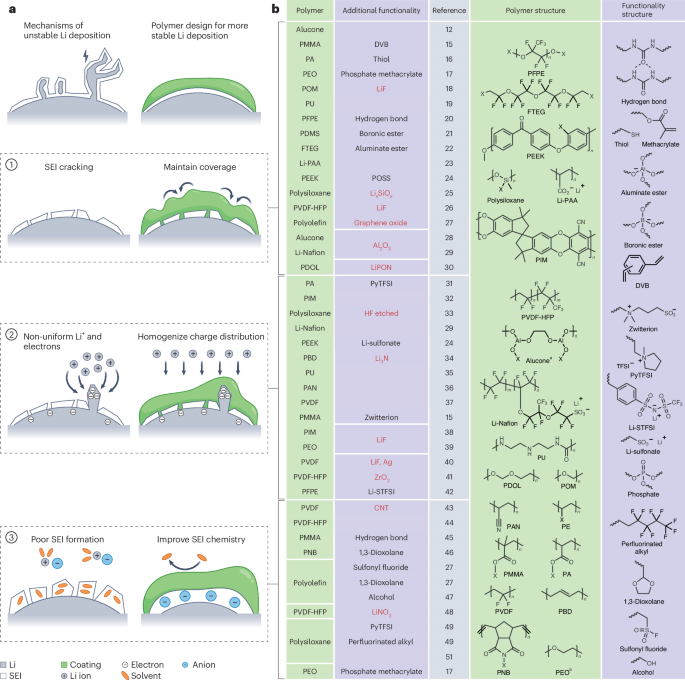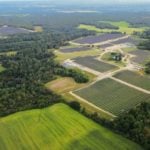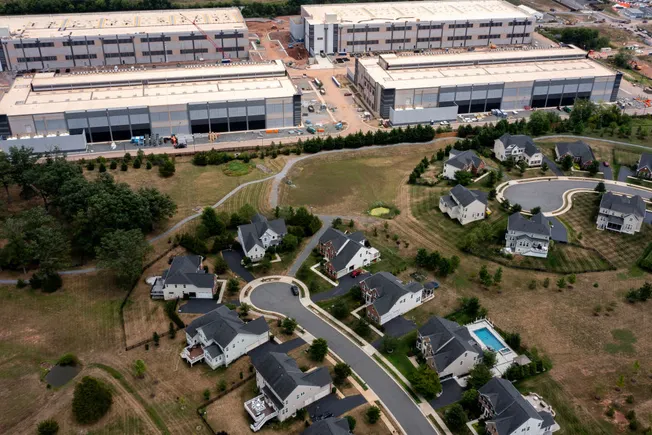Dominant Role of Distinct Microenvironments on Cartilage Regeneration Fate Using PLGA‐Hydrogel Composite Scaffolds
Advanced Healthcare Materials, Volume 14, Issue 12, May 6, 2025.

This study investigates how distinct microenvironments influence cartilage regeneration using PLGA-hydrogel composite scaffolds. By comparing in situ auricle, ex situ subcutaneous, and cranial bone defect models, the results reveal that the auricular microenvironment supports stable chondrogenesis, while subcutaneous and cranial regions exhibit immune-inflammatory responses and bone formation, respectively. These findings provide valuable insights for optimizing cartilage regeneration strategies.
Abstract
Currently, bioactive composite scaffolds provide an ideal regenerative microenvironment for cartilage tissue engineering. However, the dominant regulatory role of the microenvironment in cartilage regeneration fate remains elusive, such as in situ auricle, ex situ subcutaneous, and osteogenic regions. Therefore, investigating the influence of distinct microenvironments on cartilage regeneration and long-term outcomes is important. In this study, a universal composite scaffold is developed combining 3D-printed poly(lactic-co-glycolic acid) frameworks with cartilage-specific matrix hydrogels and then systematically explored the crucial role of the microenvironment in determining the fate of cartilage regeneration. These results indicate that the in situ auricular microenvironment effectively promotes the maturation of the regenerative cartilage and maintains its chondrogenic phenotype. In contrast, ex situ subcutaneous microenvironment leads to chondrogenic phenotype loss owing to intense immune-inflammatory responses and vascularization conditions. In the osteogenic microenvironments of cranial sites, although autologous chondrocytes show good cartilage regenerative quality within 12 weeks, they are gradually replaced by regenerative bone, ultimately achieving successful cranial defect repair. Interestingly, these findings provide critical theoretical foundations for revealing the long-term outcomes of engineered cartilage and offer practical guidance for optimizing cartilage regeneration strategies in various microenvironments.






















